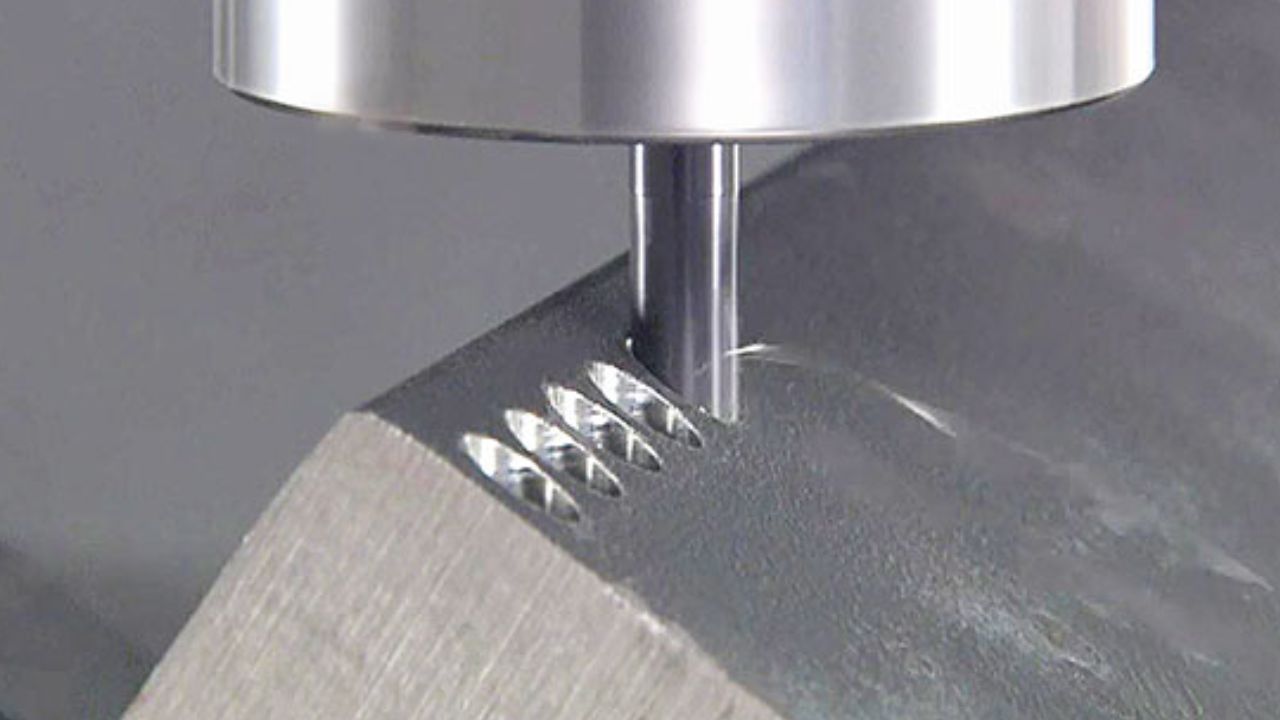Assessing a material’s machinability entails using a variety of techniques to determine how well it can be machined. To evaluate a material’s machinability, effect on tool wear, surface finish, and overall performance throughout the machining process, a number of quantitative and qualitative procedures are used.
While surface finish evaluation gauges the degree of imperfections and roughness on the material’s surface following machining, cutting force measurement establishes the force needed to cut or remove material. In Machinability testing, we learn how is it measured. One way to quantify machinability is through tool life testing, which looks at how long a cutting tool lasts and provides information on how a material affects tool wear and lifetime.
Which Techniques Work Best To Increase Machinability?
Increasing machinability requires a comprehensive strategy that incorporates a number of best practices to streamline the machining procedure and boost manufacturing operations’ effectiveness. Fundamentals include using the best cutting tools, choosing the optimal machining parameters, and using the proper lubricants and cooling techniques. It is crucial to make sure that the cutting speeds, feed rates, and cut depths are appropriate for the characteristics of the material.
Consistent machining performance depends on routine inspections and proper tool maintenance to reduce wear and breakage. Machinability can be greatly improved by designing workpieces with simpler geometries and by lowering internal tensions. Other crucial procedures include maintaining the cutting environment by regulating temperature, cleanliness, and humidity as well as optimizing chip control to enable the effective evacuation of chips.
Common Machine Ability Testing Methods
Details about machine ability testing methods are listed below:
Mechanical Reasoning Tests
Testing a person’s grasp of mechanical ideas and ability to use them to solve real-world issues is done through mechanical reasoning exams. These exams frequently include questions about pulleys, gears, levers, and other mechanical devices. Candidates must examine diagrams and, using their mechanical knowledge, choose the right answer.
Spatial Reasoning Tests
Tests of spatial thinking evaluate a person’s mental manipulation and visualization of two- and three-dimensional objects. Candidates must determine the appropriate rotations, transformations, or relationships between objects, patterns, and figures that are given to them. For jobs involving the assembly, disassembly, and troubleshooting of machinery, spatial reasoning is crucial.
Electrical Aptitude Tests
Electrical aptitude tests assess a candidate’s proficiency with electrical systems and components as well as their comprehension of fundamental electrical concepts. Topics including circuits, voltage, current, resistance, and electrical symbols are often covered in these exams. It may be required of candidates to solve electrical difficulties, analyze electrical schematics, and locate errors.
Technical Knowledge Assessment
Technical knowledge evaluations concentrate on particular technical abilities and expertise pertinent to the position. These evaluations could ask questions concerning machine operation, safety procedures, maintenance schedules, and troubleshooting methods for machine operators. The capacity of candidates to adhere to operational requirements and their experience with various types of machinery are taken into consideration when evaluating them.
Hands-on Practical Tests
Candidates have the chance to show off their machine-operating abilities in a controlled setting through hands-on practical exams. Tasks including operating machines, assembling components, and diagnosing faults are required by candidates. During these hands-on evaluations, employers can see how competent, meticulous, and safety-conscious the candidate is.
Stimulation Based Assessments
Assessments that are based on simulations replicate real-world situations and difficulties that applicants might face in their respective positions. To construct virtual settings where applicants can interact with machinery and equipment, these examinations use computer software. In the virtual environment, candidates must solve puzzles, make choices, and react to different scenarios. Assessments based on simulations offer a realistic and engaging means of determining a candidate’s machine proficiency.
Cognitive Ability Tests
Tests measuring cognitive capacity evaluate a candidate’s general cognitive abilities, such as logical thinking, verbal reasoning, and numerical reasoning. Examining a candidate’s overall problem-solving skills is crucial, as these are useful in troubleshooting and machine operation even when the exams do not only concentrate on machine-related activities.
Final Words
Machine ability assessment techniques are essential for locating applicants who possess the technical know-how and analytical abilities required for jobs using machines. Employers can choose knowledgeable candidates who are competent and skilled for their companies by using a variety of mechanical reasoning tests. These tests not only guarantee that applicants fulfill the necessary technical requirements, but also make a substantial contribution to raising worker productivity.

